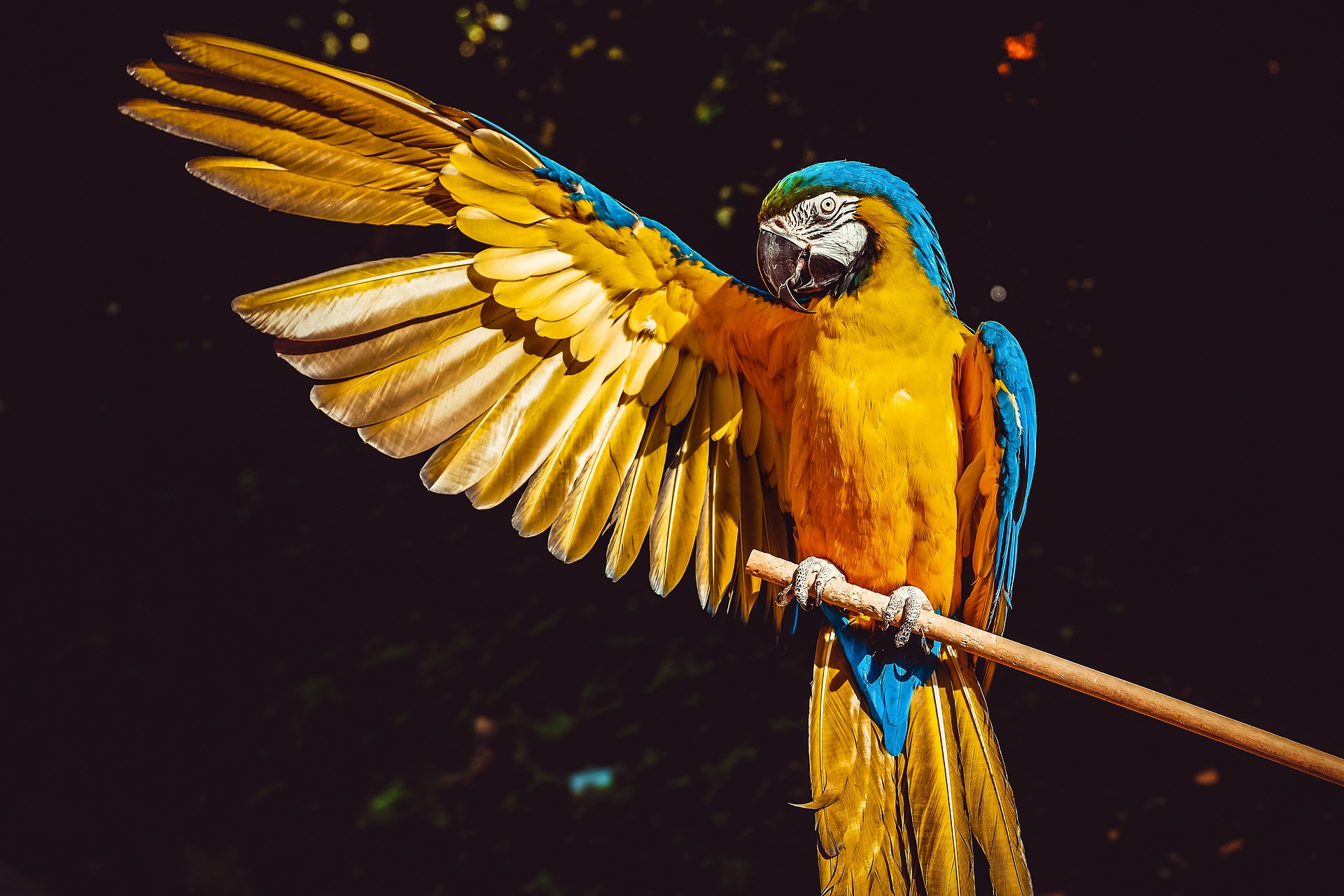Journeying Into the Fascinating World of Animal Navigation
The world of animals is full of fascinating phenomena, one of which is their ability to navigate. This article delves into the intriguing world of animal navigation, exploring how different species find their way across vast distances, the historical understanding of these abilities, and the latest research in this field.
Origins and History of Animal Navigation
The ability of animals to navigate has been a subject of wonder for centuries. Since ancient times, humans have observed birds migrating, salmon returning to their birthplaces to spawn, or even dogs and cats finding their way back home after getting lost. Early naturalists and explorers documented these phenomena, but the true mechanisms behind animal navigation remained a mystery for a long time.
Current Understanding of Animal Navigation
In the modern era, scientists have uncovered some of the secrets behind animal navigation. Research has revealed that animals use a combination of methods to navigate, including celestial cues, earth’s magnetic field, landmarks, and even olfactory cues. For instance, experiments with migratory birds have shown that they can use the position of the sun, stars, and even the earth’s magnetic field to orient themselves and find their way.
Innovative Research in Animal Navigation
Recent research has further deepened our understanding of animal navigation. In a groundbreaking study, scientists discovered that some birds have a protein in their eyes that allows them to ‘see’ the earth’s magnetic field. This kind of research not only reveals how animals navigate, but also opens up new avenues for understanding sensory perception and brain function in animals.
The Impact of Technology on Animal Navigation Studies
The advent of technology has revolutionized the study of animal navigation. GPS tracking devices, for example, allow scientists to track the exact routes that animals take during migration. These technological advances have provided unprecedented insights into animal behavior and have even helped conservation efforts by identifying critical habitats and migration corridors.
Animal Navigation: A Window Into Animal Intelligence
The study of animal navigation also sheds light on animal intelligence. The ability to navigate requires complex cognitive skills, such as memory, spatial awareness, and problem-solving. By studying how animals navigate, we gain insights into their cognitive abilities, challenging traditional views that see humans as the only species capable of complex thought.
The world of animal navigation is a journey into the breathtaking abilities of our fellow creatures. As we continue to explore this fascinating field, we not only deepen our understanding of animals but also open up new ways of perceiving the world around us. From the homing instincts of pigeons to the migratory feats of monarch butterflies, animal navigation stands as a testament to the wonders of nature and the enduring mysteries that continue to captivate us.





